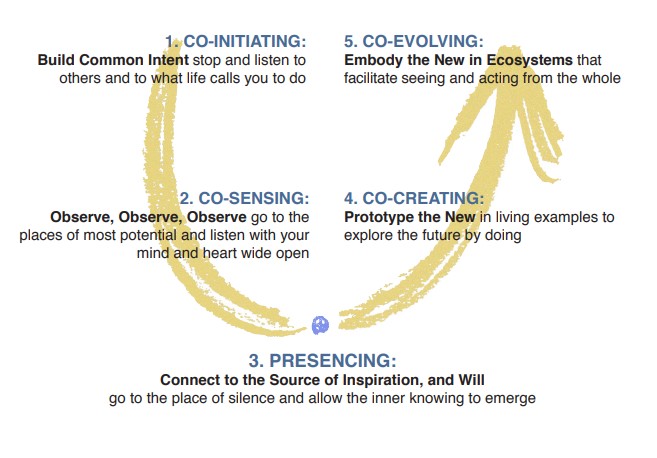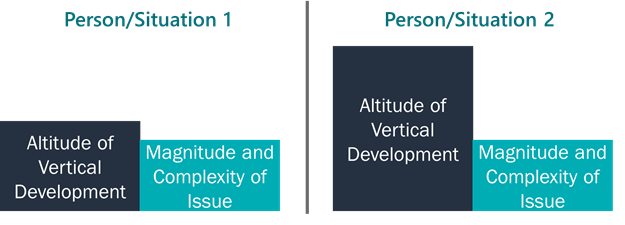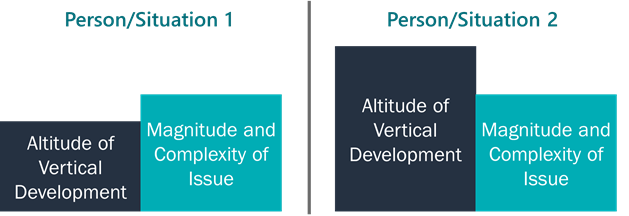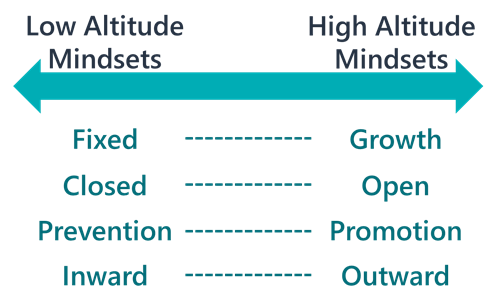Workforce Education: A New Roadmap
William Bonvillian and Sanjay Sarma, authors of a new book from MIT Press, Workforce Education – A New Roadmap, share their insight in their podcast Workforce Education: A New Roadmap and the following article.
The pandemic has forced the American workforce into a massive resorting. Significant numbers of workers were forced to leave sectors like hospitality, retail and travel, and those jobs will not be waiting for them when the pandemic fades. They will have to learn new skills for jobs in the post-pandemic economy. Workforce education must be part of our economic recovery.
The dimensions of the jobs lost during the pandemic are staggering. Restaurants lost 5.5 million jobs in April 2020, then re-openings that summer let the industry regain some jobs, only to lose jobs again with the fall spike in infections. They are picking up now with re-openings but many restaurants will stay closed. Similarly, in April, retail lost 2.3 million store jobs, rebounded by a million jobs by June 2020, but in-person retail will not go back to prior job levels. In travel and tourism, 35% of the jobs were lost after February 2020 and unemployment was at 15% in December, with recovery taking more time than hoped. Manufacturing is still over a half million jobs short of where it was pre-pandemic. These aren’t the only hard-hit sectors but they are big ones. Retail has been hit by massive store closings and mall shutdowns, and with the shift to online commerce, in-store jobs won’t be recovered. Bankruptcies in restaurants and tourism are pervasive—many of these firms won’t come back either.
A McKinsey study suggests that perhaps 17 million U.S. workers—28% more than pre-pandemic research had forecast—may need to change occupations by 2030. This means not just changing jobs but changing occupations, which takes longer, is more disruptive, and requires more reskilling. This shift means that the share of employment in low-wage occupations may decline by 2030, while higher-wage occupations in healthcare and STEM professions expand.
Many workers in these hard-hit sectors are going to be stranded. This will make American economic inequality problems even worse than they were before the pandemic. Workers from these sectors will need quality jobs. Healthcare is embracing suites of new technologies that will require skilled technologists at good pay. Manufacturing and utilities have aging workforces and will require millions of new workers in coming years, but for increasingly skilled jobs. How can our worker pool reskill?
Unlike many European nations, the U.S. never built a real workforce education system. Americans know what our high school and college systems look like, but if you ask what our workforce education system looks like you will get a blank stare. Although there are parts of a system here and there, we need a robust system now.
Employers, high schools and universities will all have new roles. But we already have a cornerstone of the new system: community colleges. These colleges, in turn, will need new building blocks:
- Form Short programs – people who have been in the workforce won’t be able to take time off for two- and four-year degrees; they have families to support and obligations to meet. They need short programs of 10 to 20 weeks with focused programs for technical skills.
- Embrace credentialing – we need certificates for these programs for specific groups of related skills, based on demonstrated competencies. Since college degrees and credits remain the most recognized credentials, these should be stacked toward degrees. Certificate programs can provide workforce education opportunities for students with limited time availability, as well as meet specific skill requirements for particular employers.
- Support competency-based education – today’s education is based on an agricultural calendar and pre-determined seat times (time to complete) for credentials. Instead, organize workforce education around demonstrated skills are broken down into particular competencies. If students show skill competency they get the certificate, regardless of how long they have spent in the program. This can cut time in school, student costs and reward practical experience.
- Bring on online education – online education can’t replace effective instructors or hands-on work with actual equipment, but it can be quite good in conveying and assessing the foundational information behind the skills. Bring blended learning into the system—let online do what it does best, and let instructors do what they do best. Online modules will be critical if workforce education is going to scale up to meet the post-pandemic need.
- Break down the work/learn barrier – schools have been too disconnected from the workplace; they too need to be deeply linked. Link-programs—apprenticeships, internships, coops—are needed to get students into the workplace earning money while they build skills. This lets them see very directly the link between the competencies they must learn in school programs and job opportunities.
- Improve completion rates – at too many community colleges only a third of students complete their programs. Workforce education would significantly improve if we make that completion 70%. One of the biggest problems is that many students never get to college courses because they get frustrated with required remedial prep courses. Instead, integrate the remedial course work into students’ study program for career skills so they can clearly see how the remedial work is relevant to their career opportunities.
- Embed industry-recognized credentials into educational programs – Academic credentials are not enough. Many employers want the assurance of skill knowledge that an industry-approved and accepted credential provides. It creates an additional and parallel pathway to help students toward employment. It also ensures that academic programs are relevant to actual industry needs.
Is creating a workforce education system that follows these new models a mission impossible? We have many studies that tell us what we need to do. States, with backing from federal education funds, need to step up their game and get on board with implementation; fortunately, some states and their community colleges have begun to embrace these steps. After World War II, 16 million veterans returned from overseas while we were shutting down our defense economy. Congress passed the GI Bill and sent them to school to build their skills. It was perhaps the most successful social legislation our government passed and laid the foundation for a postwar boom. Recently, researchers and companies created new vaccines in eight months that will save countless lives around the world. We can create a workforce education system that reskills 17 million. This should be a critical goal.
About the Author
Sanjay Sarma is a professor and vice president of MIT Open Learning, leading online education development. William Bonvillian is an MIT lecturer leading research projects on workforce education. They are authors of a new book from MIT Press, Workforce Education – A New Roadmap, that sets out the new policies needed for a true workforce system.






